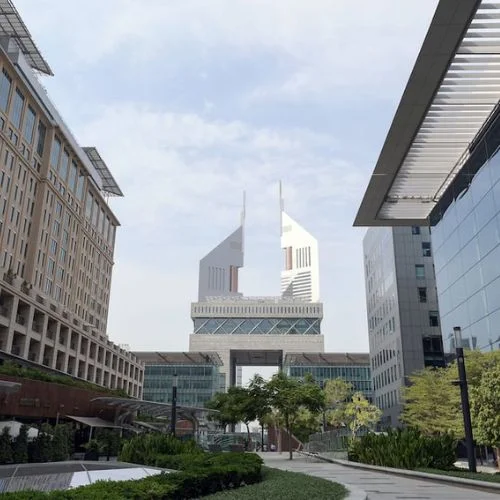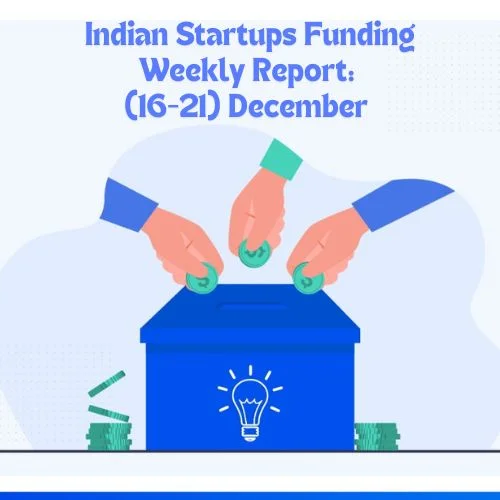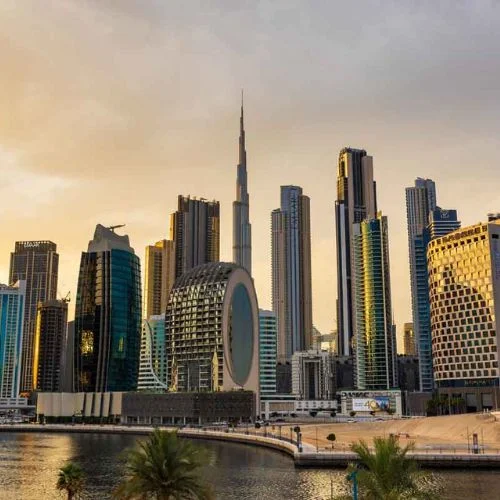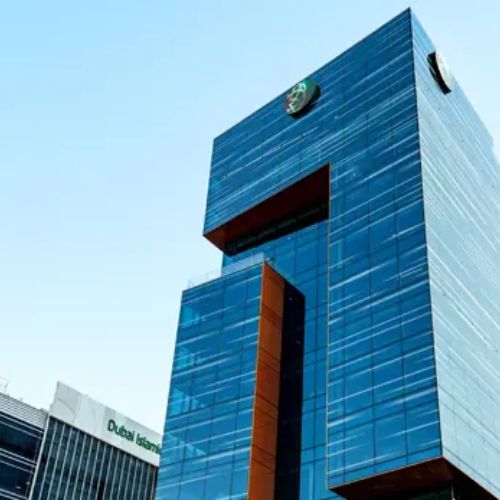PM Gati Shakti is a National Master Plan for Multi-Modal connectivity to various Economic Zones.
The Union government has recognized 196 critical infrastructure gap projects for work under the PM Gati Shakti National, Master Plan, a top government official said. “The government launched the ambitious PM Gati Shakti last year to provide multimodal connectivity infrastructure“.
Crucial industrial corridors of the National Industrial Corridor Development Corporation (NICDC), key expressways and highways, such as the 1,257-km Amritsar-Jamnagar expressway, 1,350km Delhi-Mumbai expressway, and 210km Delhi-Saharanpur-Dehradun expressway, and the world’s largest broadband project BharatNet will be among the government’s priority projects, two officials told Business Standard.
Of the 81 high-impact projects that have been identified, 50 per cent belong to the ministry of road transport and highways, followed by others. ‘’These projects have been tagged under PM Gati Shakti and are being closely monitored,” said one of the officials cited above.
According to DPI special secretary Amrit Lal Meena, about 14 states, including Andhra Pradesh, Assam, Chhattisgarh, Gujarat, Kerala, Madhya Pradesh, and Maharashtra, have formed their state-level logistics policies, and 13 state logistics policies are in the draft stage.
Begun by Prime Minister Narendra Modi in October 2021, Gati Shakti, a digital portal, is currently in a test phase; officials said a full-fledged launch can be expected by the end of this month. An exercise is being performed to combine the existing portal and data of key infrastructure ministries, as well as state governments. The Union Budget 2022-23 has made a requirement of assistance worth Rs 1 trillion for states so that state governments can use this amount on multi-modal infrastructure.
The Union government is set to declare the National Logistics Policy (NLP) on 17 September, which is aimed to bring down logistics expenses and discourse challenges plaguing importers and exporters.
Officials further said that “Various ministries, including telecom, railways, road transport, and food & public distribution, have started using the platform for infrastructure planning and decision making“.















